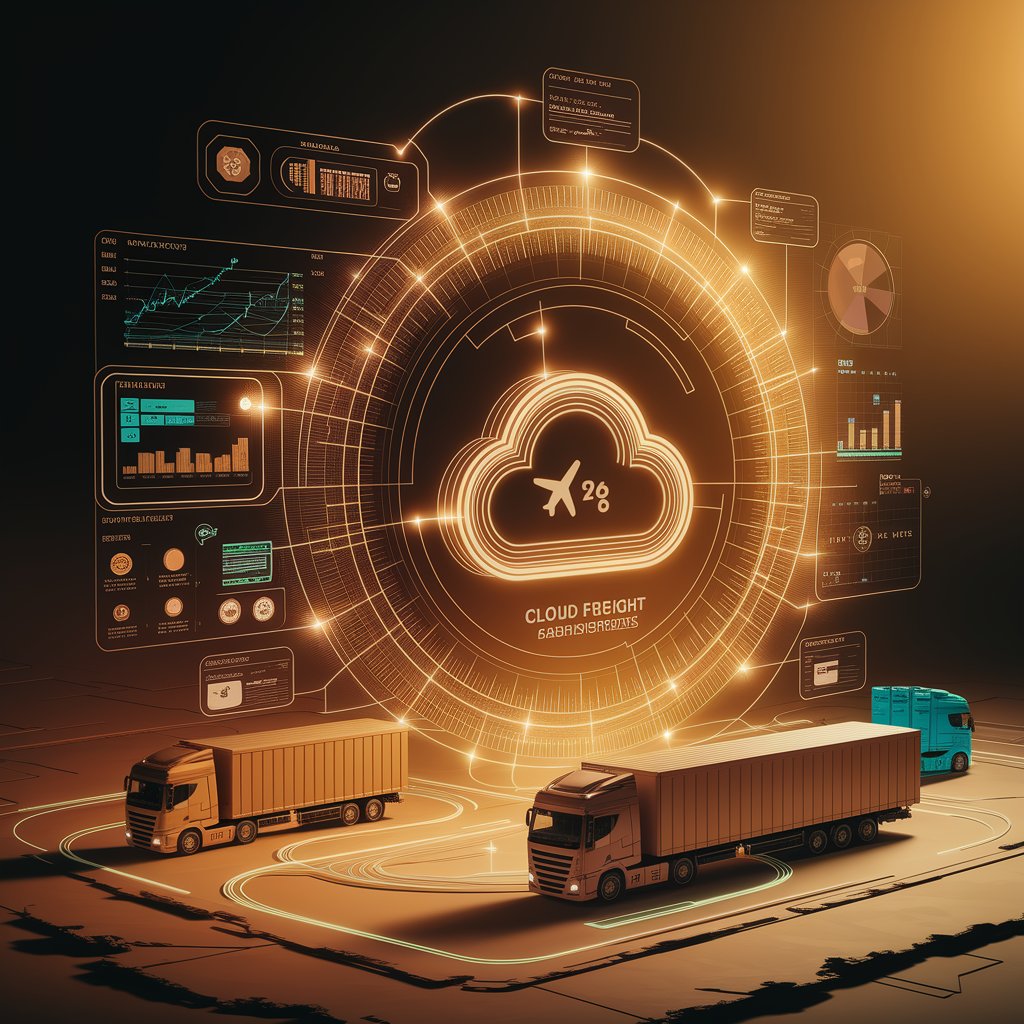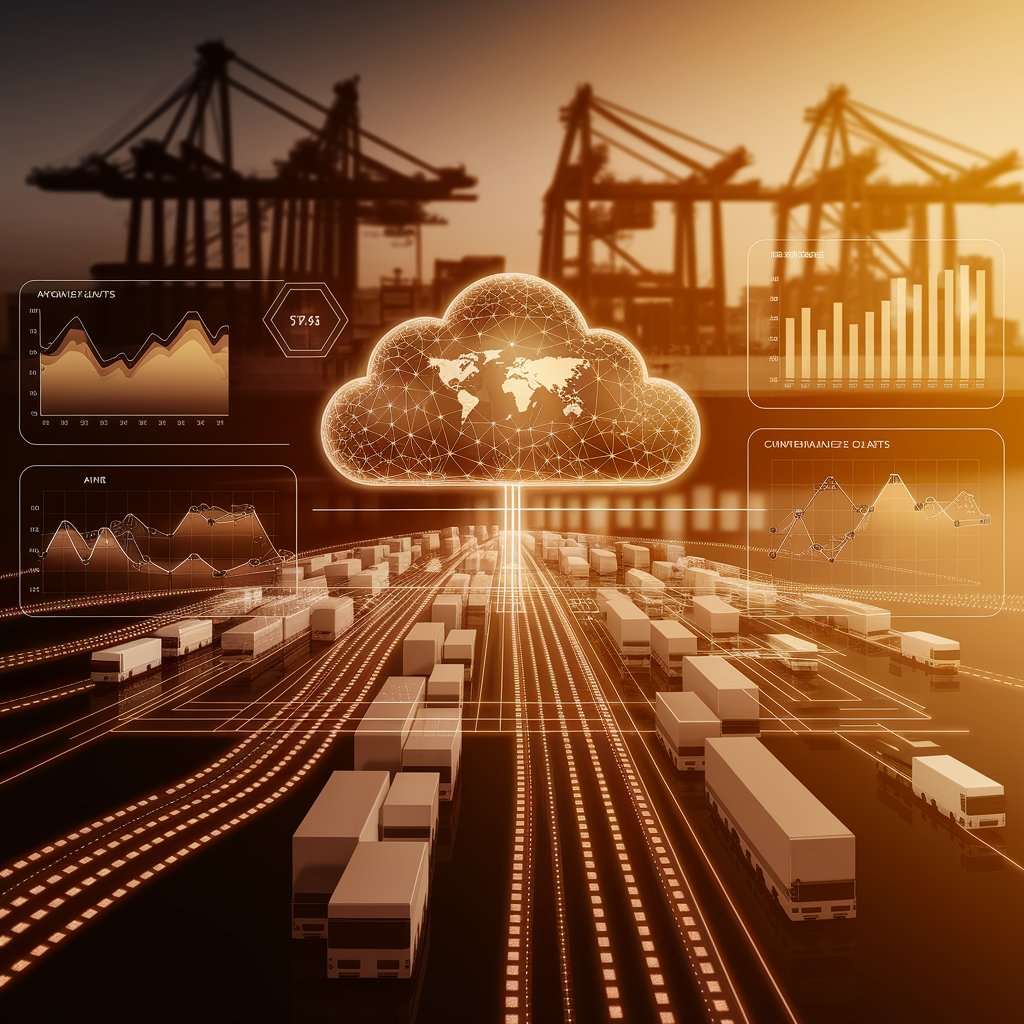Cloud Freight Management Systems: Modernizing Global Logistics with Smart Connectivity

Introduction
That’s why more businesses are turning to cloud freight management systems. By leveraging cloud technology, AI, and real-time data, companies can unify operations, improve visibility, and streamline freight processes across borders.
What Are Cloud Freight Management Systems?
Cloud freight management systems are digital platforms hosted in the cloud that centralize freight operations, including booking, documentation, compliance, and cargo tracking. Unlike traditional on-premise systems, cloud platforms are scalable, accessible from anywhere, and easily integrated with ERP, TMS, and WMS tools.
These systems act as the nerve center of modern freight forwarding and shipping operations, connecting carriers, shippers, and logistics providers in real time.

Key Features of Cloud Freight Management Systems
- Centralized Freight Booking – Manage carrier selection and reservations in one platform.
- Automated Documentation – Generate bills of lading, invoices, and customs forms instantly.
- Real-Time Cargo Tracking – Provide shipment visibility across all transport modes.
- Compliance Integration – Automate global trade rule validation.
- Scalability – Easily expand operations without heavy IT infrastructure.
- Collaboration Tools – Share data securely with carriers, shippers, and clients.
Benefits of Cloud Freight Management Systems 📈
- Improved Efficiency – Faster booking, documentation, and approvals.
- Cost Savings – Reduce overhead and minimize manual errors.
- Global Visibility – End-to-end tracking of shipments across regions.
- Resilience – Adapt quickly to disruptions with real-time intelligence.
- Customer Satisfaction – Provide accurate ETAs and proactive updates.
- Sustainability – Optimize routes and reduce waste with data-driven insights.

Real-World Applications
- Freight Forwarders – Manage multi-carrier bookings from a single dashboard.
- Carriers – Integrate fleet operations with real-time shipment visibility.
- E-commerce Companies – Scale global fulfillment with automated freight processes.
- Cold Chain Providers – Monitor and manage temperature-sensitive shipments securely.
- Global Shippers – Coordinate imports and exports across multiple trade zones.
Challenges in Cloud Freight Management Systems
- Data Security Risks – Protecting sensitive trade data from cyberattacks.
- Integration Complexity – Connecting with legacy ERP, TMS, and customs systems.
- Connectivity Dependence – Cloud systems require stable internet access.
- High Transition Costs – Migrating from on-premise systems requires investment.
- Change Management – Staff and partners may resist new digital platforms.

Best Practices for Success
- Start with Core Freight Processes – Implement booking and tracking first.
- Ensure Strong Cybersecurity – Protect data with encryption and compliance tools.
- Integrate Across Platforms – Connect ERP, WMS, and customs systems.
- Train Teams & Partners – Build trust and adoption among stakeholders.
- Leverage AI & Predictive Analytics – Anticipate demand and disruptions.
- Measure ROI Continuously – Track cost savings, efficiency, and service improvements.
The Future of Cloud Freight Management Systems 🚀
- AI-Enhanced Freight Platforms – Automated decision-making for routing and carriers.
- Blockchain Integration – Secure, transparent, and tamper-proof freight documentation.
- Digital Twins of Freight Networks – Simulate and optimize global flows.
- Edge AI – Real-time decision-making directly in fleets and warehouses.
- Sustainability-Driven Freight – Platforms optimizing for cost and carbon reduction.
Conclusion
Cloud freight management systems are revolutionizing global logistics by replacing outdated, siloed tools with scalable, connected, and intelligent platforms. By centralizing freight operations, improving visibility, and automating compliance, they allow companies to stay competitive in a volatile market.
For freight forwarders, carriers, and global shippers, adopting cloud freight management systems isn’t just about digital transformation—it’s about building future-ready supply chains.
